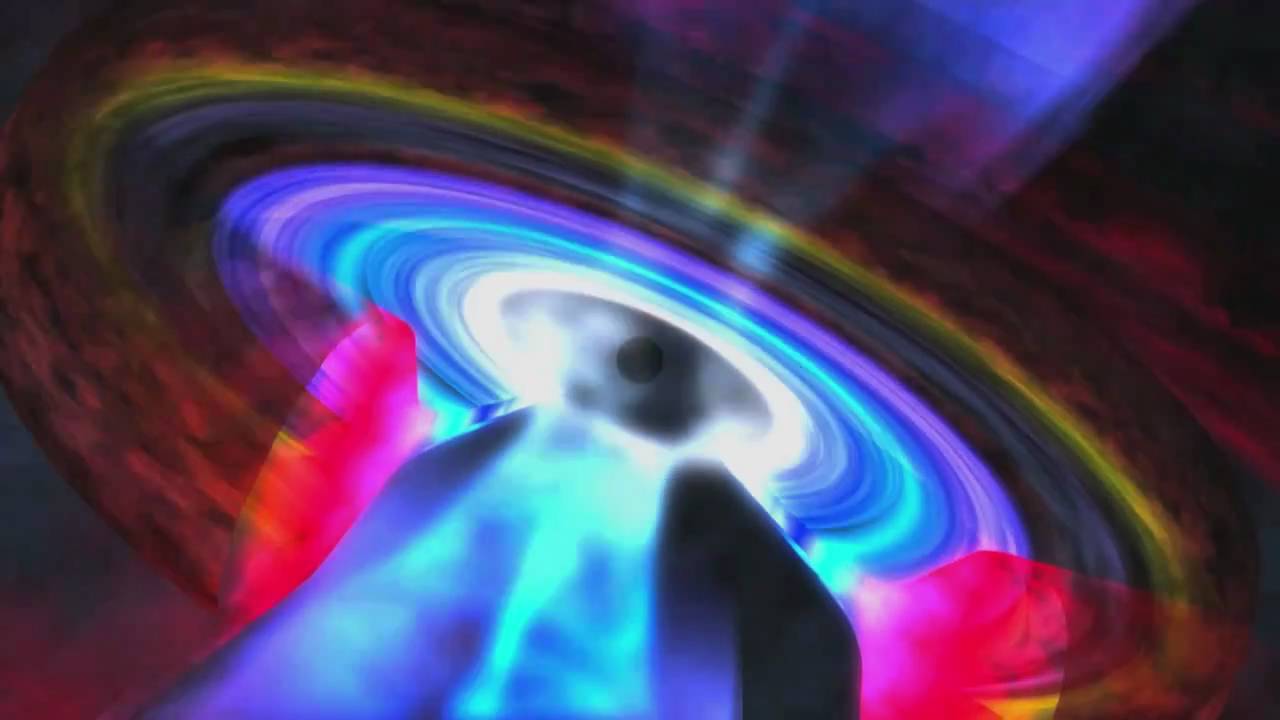The comments ask some pretty intriguing question on the thread below the video.
Commenter C. G. asks:
My question is, are those galaxies really traveling faster than the speed of light or is it just from our perspective with the expansion of space time that is ever increasing with a galaxy traveling at a constant speed that it only appears that that galaxy is traveling faster than the speed of light but in fact has not passed that speed limit? And if we were standing on a planet inside one of those galaxies observing our own galaxy, would it appear that our galaxy was traveling faster than the speed of light which of course it is not?
Or is that what he said?
The narrator Danny has an awesome reply:
You are right in the way you describe velocity in your question. The recession of galaxies in expanding space relative to a distant observer is not a “velocity” in the same sense that mass or energy moving through local spacetime is. Galaxies move relative to their local frame of reference at less than the speed of light, and the light they emit moves only AT the speed of light in their local frame of reference.
On the other hand, the so-called “recession velocity” of galaxies reflects an increase in distance between them and a observer due to the metric expansion of space which occurs over a period of cosmological time. It’s a real velocity in terms of a change in distance over a period of time as measured by redshift, but it’s not a movement of mass or energy THROUGH local spacetime in the sense of Special Relativity.
A velocity THROUGH local spacetime is limited by the speed of light according to SPECIAL Relativity, and a recession velocity WITH expanding space is NOT limited by the speed of light according to GENERAL Relativity.
Edwin Hubble in his landmark 1929 paper on the redshift of galaxies consistently used the term “recession velocity” to distinguish the increased distance of galaxies with the expansion of space as something fundamentally different from traditional Newtonian velocity.
We hope you like this fascinating video.

Imagine placing spherical items on a trampoline. Each increasing in weight. Eventually the trampoline will begin to sag. Now for this to work imagine two forms of gravity. As the angle of the dent increases gravitational force can work more with less resistance. Thusly accelerating the object towards the center. But if its already in the center how does it continue moving forward? What gives it directions? Did I see this on a do$#%&!@*entary and mostly forgot? Am I making any sense? Am I sitting on my couch bored out of my mind surfing through Facebook ? yes I am!
Albert Einstein said no. There. I didn’t read the whole story. Just the head line. And that was your answer.